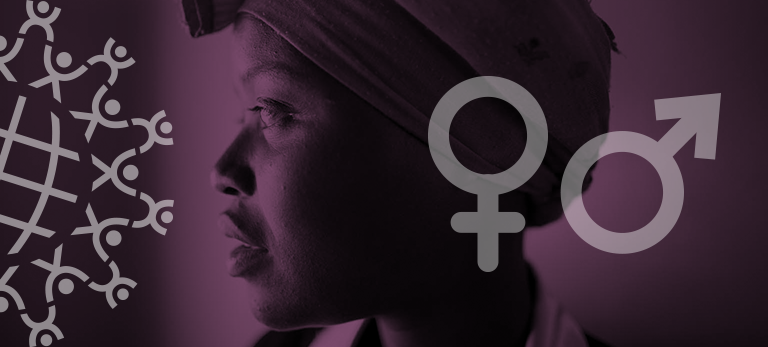Where We Work
See our interactive map


Women make up the vast majority of the workforce in health care worldwide and in the field of global health, but relatively few fill senior leadership roles in these sectors. A new article published in Global Health, Epidemiology, and Genomics offers guidance on how global health organizations can help change this.
Gender stereotyping, discrimination, and cultural roles often prevent women from reaching positions of highest authority, according to the authors of “Reasons behind Current Gender Imbalances in Senior Global Health Roles and the Practice and Policy Changes that Can Catalyze Organizational Change”.
For instance, women make up 75% of the health workforce in many countries, but only 25% of leadership roles. Only 31% of the world's ministers of health are women. And at the 2015 World Health Assembly, only 23% of chief delegates of member state delegations were led by women.
While women make up the vast majority of global health students (up to 84%), they hold only 24% of global health faculty positions among the top 50 US universities and a quarter of directorships in global health centers.
Global health organizations face the same imbalances. While women make up the vast majority of global health students (up to 84%), they hold only 24% of global health faculty positions among the top 50 US universities and a quarter of directorships in global health centers.
But global health organizations can become beacons of analysis and change. They can also play a key role in helping us reach Sustainable Development Goal 5: to achieve gender equality and empower all women and girls.
The authors offer several key steps organizations can take to correct these imbalances, including:
Conduct participatory organizational gender analyses: These can help pinpoint the processes, mechanisms, and structures—such as glass ceilings and gender stereotypes related to reproductive roles—that keep women from rising to leadership roles. Governance leaders, human resources (HR) managers, and employees should all be involved, and should share their findings widely.
Identify the harms of gender stereotyping and implement strategies to eradicate them. One example comes from a focus group response the authors received during a gender analysis in Zambia: “Men have a biological make-up that makes them vulnerable to appearance…” the male respondent said. “I think there are some cases where women are really suggestively dressed, and it is difficult because it creates an environment which is very hard…because men mostly, we go for what we see.”
Societal stereotypes like these make their way into the workplace and keep women from reaching leadership roles. Of course, changing such conceptions in society is a task beyond any one organization, the authors say, but the first step to organizational change is to challenge them. Organizations can raise awareness of the harmful effects of stereotypes at work and help build their employees’ capacity to challenge such stereotypes.
Use substantive equality principles in organizational governance and HR management. Setting targets, establishing quotas, taking steps toward affirmative mobilization and fairness can all mitigate the impact of discrimination and help correct gender imbalances.
Put special measures and enabling conditions in place. Consider the issue of paid family leave. Taking paternity leave, the authors write, “can put male employees who might opt for it at as much risk of being stigmatized as the female employees who, in leaving work early to work the ‘second shift’ at home, may be stigmatized as less productive and reliable. There are therefore built-in (organizational) cultural disincentives for both women and men to use these arrangements which must be addressed in communications and incentives for their use.”
Organizations should not design family leave on an individual basis, the authors say. Instead, they should create family-friendly policies for the long-term—and with a firm understanding of the gender dynamics at play.
Read the full article to learn more.
Authors include Constance Newman, senior team leader on gender equality and health at IntraHealth International; P.K. Chama of the Catholic Medical Mission Board in Lusaka, Zambia; M. Mugisha of QD Consult Ltd. in Kampala, Uganda; C.W. Matsiko of MATSLINE Consult Ltd. in Kampala, Uganda; and Vincent Oketcho, Uganda country director at IntraHealth.



